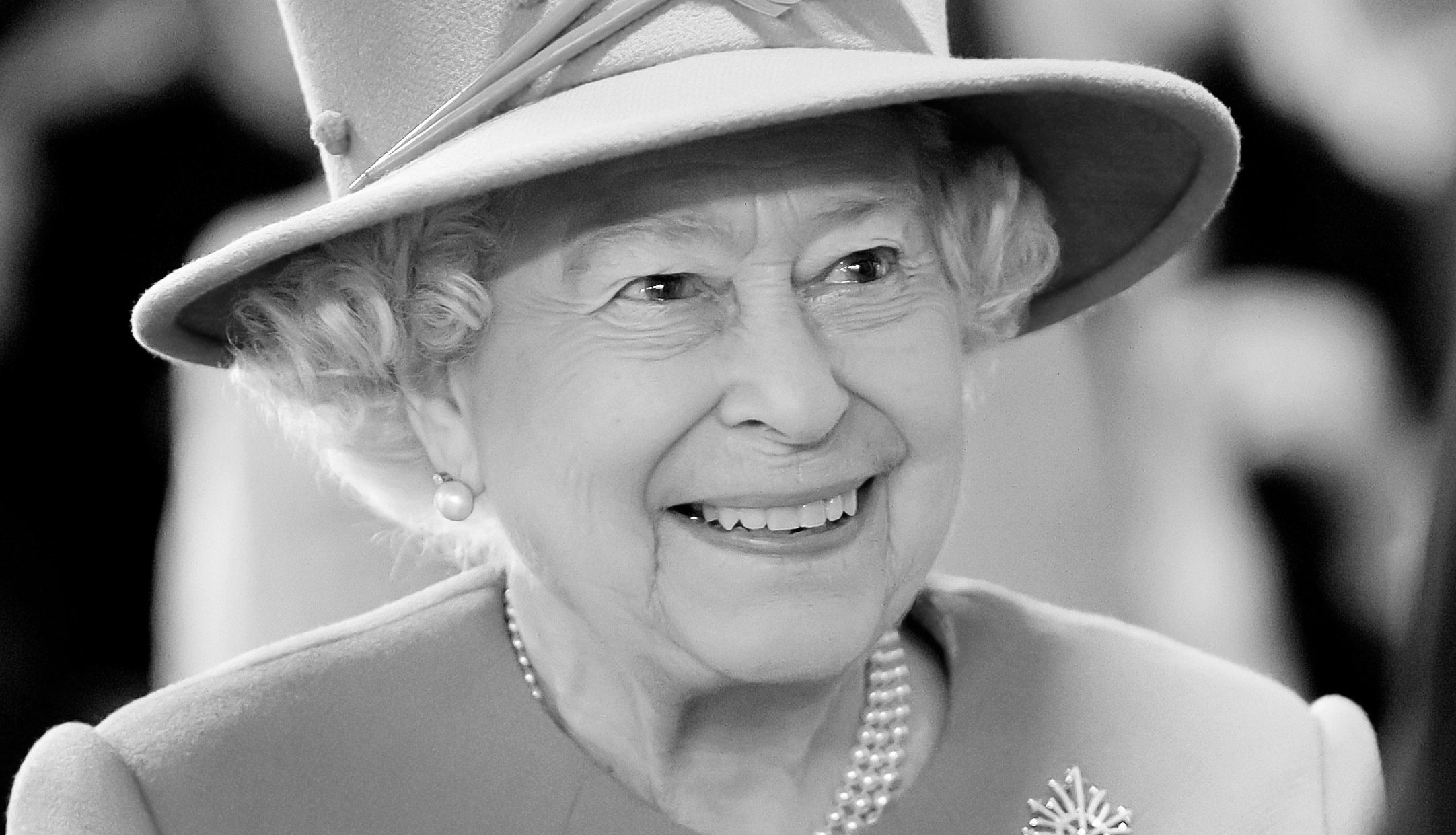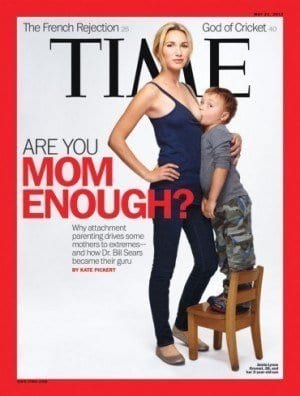
Queen Elizabeth II of the United Kingdom and other Commonwealth realms has died at the age of 96. Her death was announced on September 8th 2022, after a brief period of illness which had raised concern for her health. She was surrounded by her family at her favourite home in Balmoral, Scotland. Her state funeral will take place on September 19th at Westminster Abbey, and her oldest son Charles, formerly the Prince of Wales, has already been invested as her successor, King Charles.
Tributes are being paid throughout the world to a monarch who will be remembered as a loyal, committed, and dedicated head of state who made it her duty to serve and represent the nation through seven decades of public service.
Her reign of 70 years and 214 days is the longest of any British monarch and the second-longest of any monarch of a sovereign country. She was head of state of 15 other nations spread out across the world stretching from Fiji to Canada. Throughout those 70 years, she became a constant for many in a world which, since her coronation on June 2nd, 1953, has experienced numerous technological, industrial, economic and social changes. Her longevity on the throne will forever be admired, considering the tumultuous times she has lived through which no-one could possibly have predicted.
Early Years
When Elizabeth Alexandra Mary Windsor was born on 21st April 1926, on Bruton Street London, as the first child of Albert, Duke of York, second son of George V, and his duchess, the former Lady Elizabeth Bowes-Lyon, the prospect of her becoming the sovereign seemed unlikely.
Elizabeth and sister Margaret Rose were brought up in a loving household and were also educated at home, under the direction of their governess, Marion Crawford. From an early age, she was said to have displayed extraordinary levels of responsibility with those close around her ensuring that she was brought up as sensibly as possible. Despite not being sent to school, Elizabeth proved adept at languages and made a detailed study of constitutional history, with help from Queen Mary who was responsible for weekly museum and the educational gallery visits.
However, despite how quickly Elizabeth was growing up, her uncle, then Prince of Wales, was the golden boy of Britain and the Empire, and despite his affairs with women, his family expected him eventually to settle down with a suitable bride and father an heir. But she was nudged towards succession following the abdication of then Prince of Wales, and in 1936 her father, King George VI, was crowned King. His coronation and the years that followed gave Elizabeth a taste of what was to come for her.
And in February 1952, Elizabeth’s time would come after King George VI died in his sleep, in the early hours of Wednesday morning, 6th February at Sandringham. Despite being still only in his fifties, it had been clear to see that the King was deteriorating as he was suffering from stress from the years of war as well as being gravely ill with lung cancer, which was developed through the many years of heavy smoking. Elizabeth saw her father for the final time in January at London airport before setting off for an overseas tour with Philip. Elizabeth heard of the death of the King while staying at a game lodge in Kenya and she instantly returned to London. As expected, the nation mourned his passing.
Coronation
At the age of 25, she became Queen Elizabeth II. Her coronation in June 1953 was the nation’s first televised coronation, already signifying a time of change. Despite the dull and dreary weather on that day, the mood was the complete opposite with hundreds of thousands gathered in London and millions across the nation and the commonwealth glued to their TV sets to get eyes on Queen Elizabeth II.
The nation was still experiencing post-war austerity but for many millions, the coronation was seen as a shining light and the beginning of a new age. Her reign commenced with the commonwealth tour, visiting thirteen countries, lasting from November 1953 to May 1954. This included trips to Australia and New Zealand, the first time a reigning monarch visited those nations.
One of the first major events Queen Elizabeth II was embroiled in was the Suez Crisis of 1956 which ultimately led to the resignation of then Prime Minister Anthony Eden. She was recommended to call Harold Macmillan to the palace to become the next Prime Minister and it was a similar story six years later when she was advised not to call in RA Butler to become Prime Minister, perhaps a more publicly acceptable figure, but instead Sir Alec Douglas-Home. The Conservative party did not have a process of electing a new leader during these years, so the pressure was on the shoulders of the young Queen. Following this, however, she was never put in such a position ever again.
One of her most historic state visits came in May 1965, when the Queen visited West Germany. This was the first state visit by a British monarch to Germany in over 50 years and it cemented the reconciliation between Britain and Germany after both world wars. She was warmly welcomed as it was believed that she rubber-stamped the legitimacy of West Germany as a player on the European and world stage.
Royal Family
During the late 1960s, growth in popularity of the Queen was on the agenda for Buckingham Palace. This led to the creation of Royal Family, a behind-the-scenes documentary. The aim was to portray the Royal Family in a more approachable and less formal manner. The documentary that aired on the BBC and ITV attracted in excess of 30 million viewers from Britain and featured scenes of the Royal Family watching TV, having a barbeque, and setting up the Christmas tree. Many criticised the documentary for diminishing the Royal Family’s image, but many others enjoyed the viewing.
The Silver Jubilee came in 1977, celebrating Queen Elizabeth II’s 25 years on the throne. The jubilee was significantly more successful than anyone had forecast. There were economic decline, elevated levels of inflation, industrial discontent, and general national uncertainty, but the Silver Jubilee united the nations to celebrate together as street parties were held across the nation.
It was not long before there were more reasons for celebration as the Prince of Wales and Lady Diana Spencer would get married. There was a sense of relief that the heir to the throne finally found himself a beautiful young bride – but in the years to come, the marriage would crumble in an unceremonious fashion.
Throughout these years, Queen Elizabeth II remained a dedicated figure and continued with her public duties. In 1986, the Queen paid a six-day state visit to China, becoming the first British monarch to visit the country, and following the events of the Gulf War, she visited the United States and became the first British monarch to address a joint meeting of the United States Congress.
From 1992 onwards, however, came a very turbulent time for the Queen as she and the rest of the Royal Family were affected by scandal and increasingly unsympathetic Press coverage.
Divorce came for Queen Elizabeth II’s second son, the Duke of York, and his wife, Sarah, and it was the same story for Princess Anne and her marriage to Mark Phillips. Rumours of unhappiness between the Prince and Princess of Wales were also spread, and after a spectacularly undignified falling-out marked by massive media coverage, they also went their separate ways.
It did not get any better for Queen Elizabeth II after a large fire broke out at her favourite residence, Windsor Castle, in November 1992. This led to heavy scrutiny from the public over who should pay for the repairs. She went on to define 1992 as her “annus horribilis” and, in a speech in the City of London, looked to acknowledge the need for a more direct monarchy in return for media to reduce their hostility.
“No institution, city, monarchy, whatever, should expect to be free from the scrutiny of those who give it their loyalty and support, not to mention those who don’t. But we are all part of the same fabric of our national society and that scrutiny can be just as effective if it is made with a measure of gentleness, good humour, and understanding.”
Buckingham Palace was on the defensive and within days announced that Queen Elizabeth II and Prince Charles would be paying income tax on their private incomes in the future. But the biggest event to shake the monarchy was yet to come.
Death of Diana
The death of Diana Princess of Wales in a car crash accident in Paris in August 1997 truly rocked the monarchy and the nation. This led to a tide of accusations against the Royal Family, especially the Queen. Many questions were asked by the public and the media if Queen Elizabeth II cared, as for days after the death the Queen did not leave Balmoral. Additionally, there was a refusal to fly a flag on the roof of Buckingham Palace at half-mast because Queen Elizabeth was not in residence.
Queen Elizabeth II eventually paid tribute with a rare live broadcast to the nation.
“It is not easy to express a sense of loss, since the initial shock is often succeeded by a mixture of other feelings: disbelief, incomprehension, anger, and concern for those who remain,” she said. “We have all felt those emotions in these last few days. So, what I say to you now, as your queen and as a grandmother, I say from my heart.”
As Queen Elizabeth II’s health began to decline as we entered the new millennium, her popularity began to grow again, particularly due to the Golden Jubilee, celebrating her 50 years on the throne. Once again, hundreds of thousands of people gathered outside Buckingham Palace the show appreciation with millions more watching on TV.
Similar celebrations occurred in the following years. Her 80th birthday in April 2006 witnessed thousands of well-wishers, in November 2007, 2,000 people attended a service at Westminster Abbey to celebrate 60 years of marriage between Queen Elizabeth II and Prince Philip.
In April 2011, there were celebrations of the wedding of her grandson William, Duke of Cambridge, to Catherine Middleton, and many thousands gathered outside Buckingham Palace once more just to get a glimpse of the Queen and the Diamond Jubilee of 2012.
Only a few months ago, millions of people were celebrating Queen Elizabeth II’s Platinum Jubilee, and despite increasing mobility problems the Queen attended many of the planned public events. There were celebrations throughout Britain, the Commonwealth, and around the world, commemorating 70 years on the throne and 70 years of service, an achievement no other British monarch has ever managed.
Even more recently, on 6th September 2022, Queen Elizabeth II met with the newly appointed leader of the Conservative party, Liz Truss, where she asked her to form a government following the resignation of Boris Johnson. Liz Truss becomes the 15th Prime Minister she has seen in her incredible reign. The images that were released of the meeting did occasion some concern, with many observing the significant decline in the Queen’s health.
After news came that the royal doctors were concerned about her health, the nation and the world braced for the worst. That came at 6.30 pm on Thursday 8th September, when the Royal Family released a statement reading: “The Queen died peacefully at Balmoral this afternoon. The King and The Queen Consort will remain at Balmoral this evening and will return to London tomorrow.”
Mourning
She passed away died peacefully Balmoral Castle, her estate in the Scottish Highlands, with senior royals gathering to be with her during her last moments.
The nation now enters a period of mourning but also remembers how much of an incredible woman Queen Elizabeth II was. Her fortitude, grace and charm will be missed by millions across the nation and the world as everyone begins to adjust to the next in line, King Charles.
In a statement, the new King said: “We mourn profoundly the passing of a cherished sovereign and a much-loved mother.
“I know her loss will be deeply felt throughout the country, the realms and the Commonwealth, and by countless people around the world.”
Yet the death of Queen Elizabeth II has already prompted speculation that the role of the Royal Family in the nations and in the Commonwealth may have to change. Though a date has not yet been announced for the coronation of King Charles, but following the sad death of Queen Elizabeth II, the event will give a sense of continuity and renewal to a Royal Family which has endured troubled times, and which will have to adapt to an uncertain future.
SEE ALSO: Last Soviet Leader, Mikhail Gorbachev, Dies Aged 91















